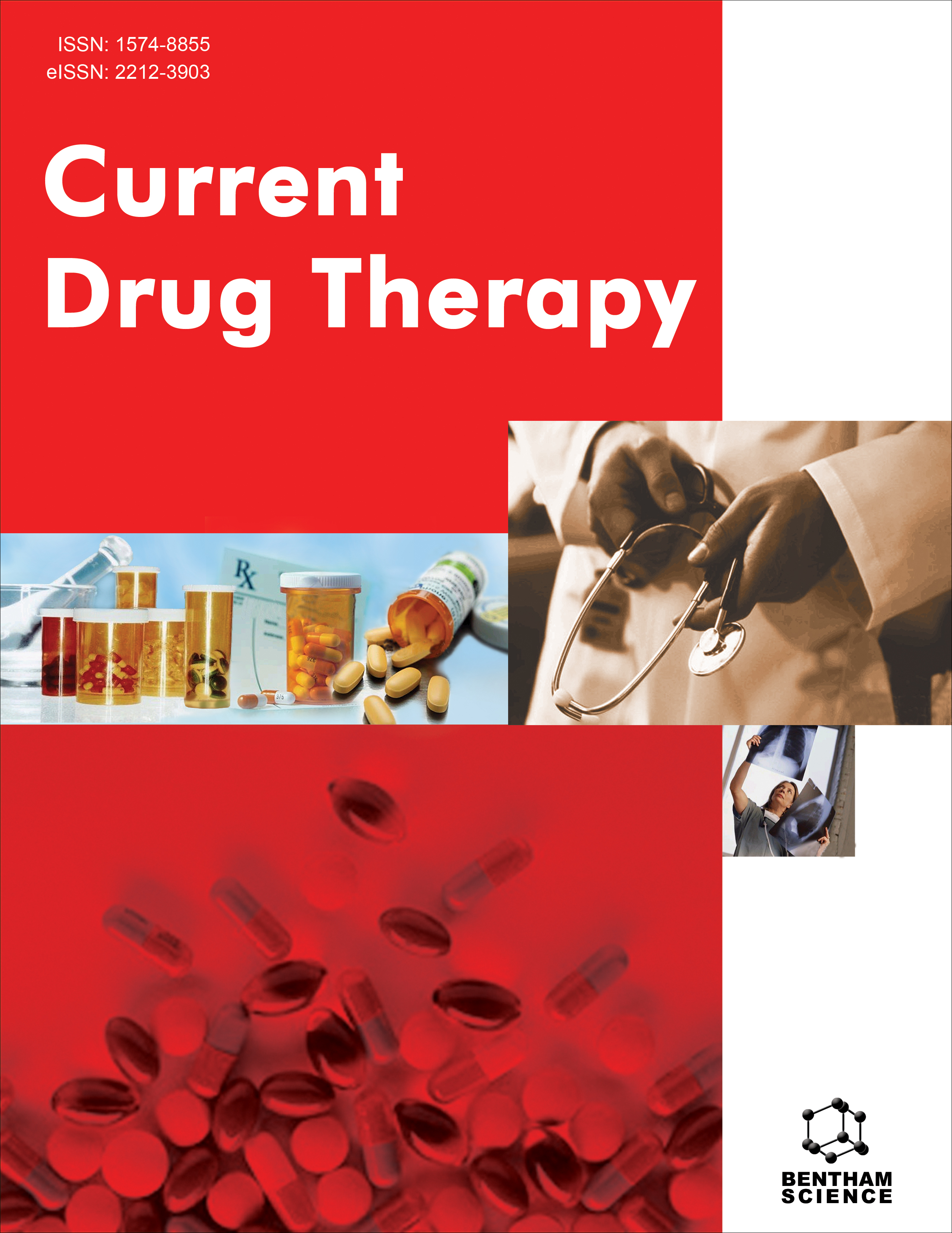
Full text loading...
We use cookies to track usage and preferences.I Understand
Psoriasis is a chronic inflammatory and proliferative skin disorder characterized by redness and elevated patches covered in scaly, silvery-white skin. The National Psoriasis Foundation categorizes psoriasis into mild, moderate, and severe, impacting 2% to 5% of the global population. This article explores the types, development, and severity categories of psoriasis, delving into its pathophysiology. It also reviews both conventional and herbal topical therapies and their marketed formulations.
The study aimed to contribute to the development of personalized treatment approaches for individuals with psoriasis.
This article explores the types, development, and severity categories of psoriasis, delving into its pathophysiology. It also reviews both conventional and herbal topical therapies and their marketed formulations.
The article relies on a comprehensive review of existing literature and research studies on psoriasis. Information on types, severity categories, pathophysiology, and available treatments, both conventional and herbal, is gathered and analyzed.
The results highlight the potential advantages of incorporating herbal therapies into treatment plans for individuals with psoriasis, especially for those with severe cases.
In conclusion, the article emphasizes the importance of individualized treatment plans for managing psoriasis. Both conventional and herbal topical formulations can be viable options, particularly for severe cases. By considering the safety profiles, side effects, and biological activities associated with these treatments, healthcare experts can collaborate with patients to create personalized and effective strategies for addressing the complexities of psoriasis management.

Article metrics loading...

Full text loading...
References


Data & Media loading...

